
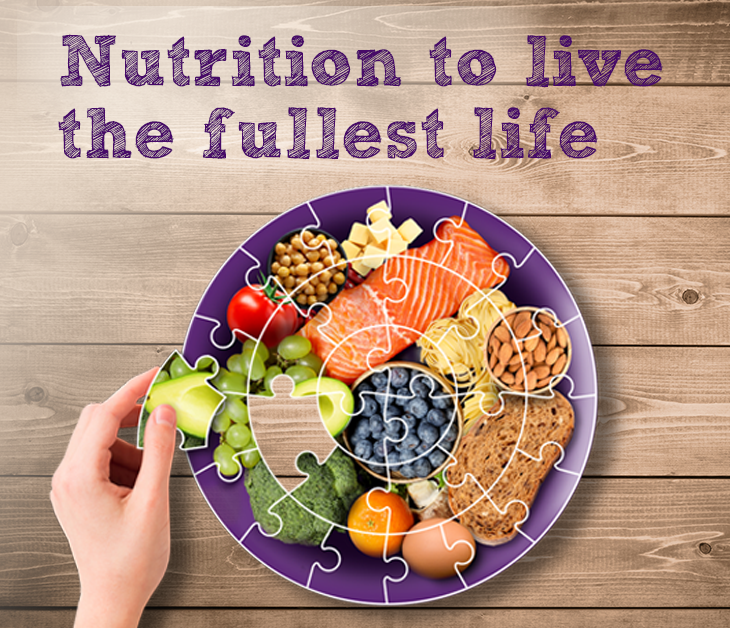
A healthy, balanced diet is essential to ensure your child receives key nutrients they need for healthy growth* and immunity.† Being active and eating well can help to improve your child’s health and their ability to learn1.

Sometimes it can be difficult to get your child to eat a wide range of foods, especially for fussy eaters! But because they provide different nutrients, it’s important to try to offer them as much variety as possible.
That’s why we’re piecing together the nutrition puzzle one food group at a time, to help form the bigger picture of a balanced diet.
The Eatwell Guide categorises the foods we eat into five food groups: Fruit and vegetables, starchy foods, protein, milk and dairy products and unsaturated oils and spreads. A balanced diet for your child will contain foods from all five groups. It is important not to serve your child, adult-sized portions. The NHS recommends you start with a small amount and let your child ask for more if they’re hungry.2
Fruit and vegetables
Most people are not eating enough fruit and vegetables.3 Aim to eat at least 5 portions of a variety of fruit and veg each day.4 Choose from fresh, frozen, tinned, dried or juiced. Remember that fruit juice and smoothies should be limited to no more than a combined total of 150ml a day.5
This food group is great for:
![]() vitamins, minerals & fibre
vitamins, minerals & fibre
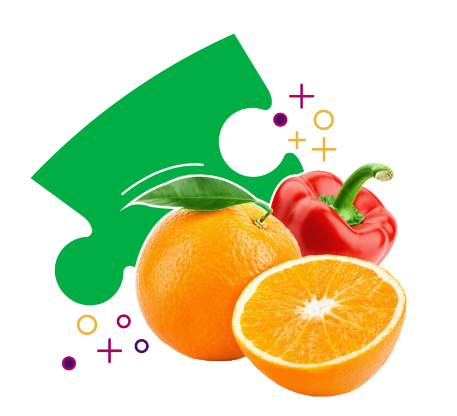
Starchy foods
Starchy food should make up just over a third of the food we eat. Choose higher fibre wholegrain varieties, such as wholewheat pasta and brown rice, potatoes, rice, oats, breads, cereals, sweet potato, noodles, couscous, yam, millet, barley and rye.6
This food group is great for:
![]() good source of energy, B vitamins & fibre
good source of energy, B vitamins & fibre
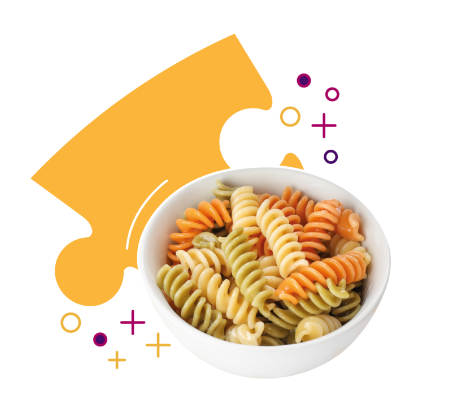
Protein
Good protein sources include meat, fish, eggs, vegetable protein, nuts, beans, lentils, dahl, Quorn and soya. Pulses, such as beans and lentils, are good alternatives to meat because they're low in fat and they're a good source of fibre and protein, too.7
This food group is great for:
![]() supporting normal growth development of bones & minerals like iron
supporting normal growth development of bones & minerals like iron

Milk and dairy products
Milk and dairy products can form part of a healthy, balanced diet.8 Unsweetened calcium-fortified dairy alternatives like soya milks, oat yoghurt and coconut-based cheese also count as part of this food group.9 To make healthier choices, go for lower fat and lower sugar options.10
This food group is great for:
important source of calcium which helps keep our bones healthy, vitamin D & protein.
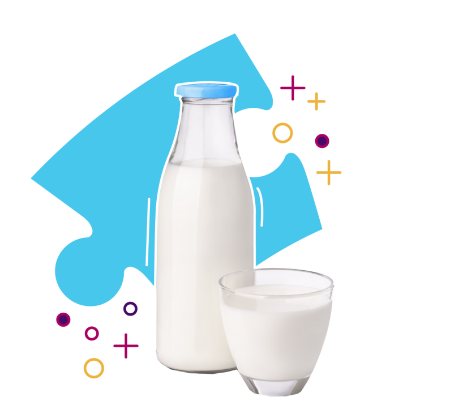
Unsaturated oils and spreads
Unsaturated fats are healthier fats and include vegetable, rapeseed, olive and sunflower oils.11 They are mostly found in plants and fish. Remember all types of fat are high in energy and should be eaten in small amounts.12 To learn more about the different types of fats on the NHS Fat Facts page here.
This food group is great for:
fat helps the body absorb vitamin A, vitamin D and vitamin E13 & high in energy14.
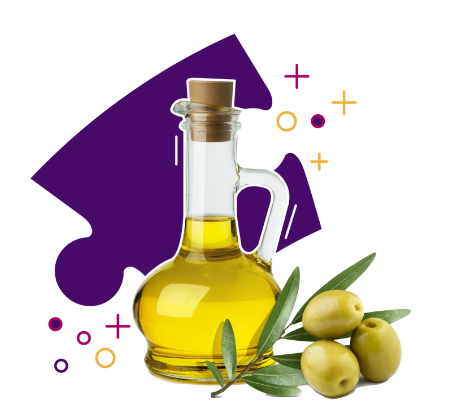





We’ve created a printable shopping list for you and your little one to take to the shop and spot lots of nutritious foods.

Put your fussy eater in control of their new food adventures with our stick-it-on-the-fridge taste chart!

Tired of battling with your fussy eater? Step back, take a deep breath and start afresh with our handy downloadable Weekly Meal Planner.

Join our family!
To get a discount coupon, discover fuss-free recipes, free meal planners and top tips.

Food supplements should not be used as a substitute for a varied and balanced diet, and a healthy lifestyle.
*Essential fatty acids are needed for normal growth and development of children. This beneficial effect is obtained with a daily intake of 2g of α-linolenic (ALA) and 10 g of linoleic acid (LA). †Vitamin D contributes to normal function of the immune system in children.
1BDA https://www.bda.uk.com/resource/diet-behaviour-and-learning-children.html Accessed 31st May 2022
2https://www.nhs.uk/live-well/healthy-weight/childrens-weight/healthy-weight-children-advice-for-parents/
3https://www.nhs.uk/live-well/eat-well/food-guidelines-and-food-labels/the-eatwell-guide/
4https://www.nhs.uk/live-well/eat-well/food-guidelines-and-food-labels/the-eatwell-guide/
5https://www.nhs.uk/live-well/eat-well/food-guidelines-and-food-labels/the-eatwell-guide/
6https://www.nhs.uk/live-well/eat-well/food-guidelines-and-food-labels/the-eatwell-guide/
7https://www.nhs.uk/live-well/eat-well/food-guidelines-and-food-labels/the-eatwell-guide/
8https://www.nhs.uk/live-well/eat-well/food-types/milk-and-dairy-nutrition/
9https://www.nhs.uk/live-well/eat-well/food-types/milk-and-dairy-nutrition/
10https://www.nhs.uk/live-well/eat-well/food-types/milk-and-dairy-nutrition/
11https://www.nhs.uk/live-well/eat-well/food-guidelines-and-food-labels/the-eatwell-guide/
12https://www.nhs.uk/live-well/eat-well/food-guidelines-and-food-labels/the-eatwell-guide/
13https://www.nhs.uk/live-well/eat-well/food-types/different-fats-nutrition/
14https://www.nhs.uk/live-well/eat-well/food-types/different-fats-nutrition/
15https://www.nhs.uk/live-well/eat-well/food-guidelines-and-food-labels/the-eatwell-guide/
16https://www.nhs.uk/live-well/eat-well/food-guidelines-and-food-labels/the-eatwell-guide/


